Winter can feel like a bit of a miserable time in the garden. So many beautiful colours have faded, the job of nurturing attractive blooms is off the to-do list, it’s raining all the time, and the nights come in too soon for you to carry out any work. But, despite appearances, there is still a lot to be done.
52% of British people abandon their gardens during winter[i], claiming that their plants will die regardless and they can just replace them in the spring. This simply isn’t true. Winter is the perfect time to look after dormant flowers, nurture some brand new winter flowering plants that will bloom throughout the colder season and start preparing for next spring. To help keep your garden looking great this winter, we’ve put together a guide on the jobs you’ll need to do throughout the season to keep you busy right through to spring.
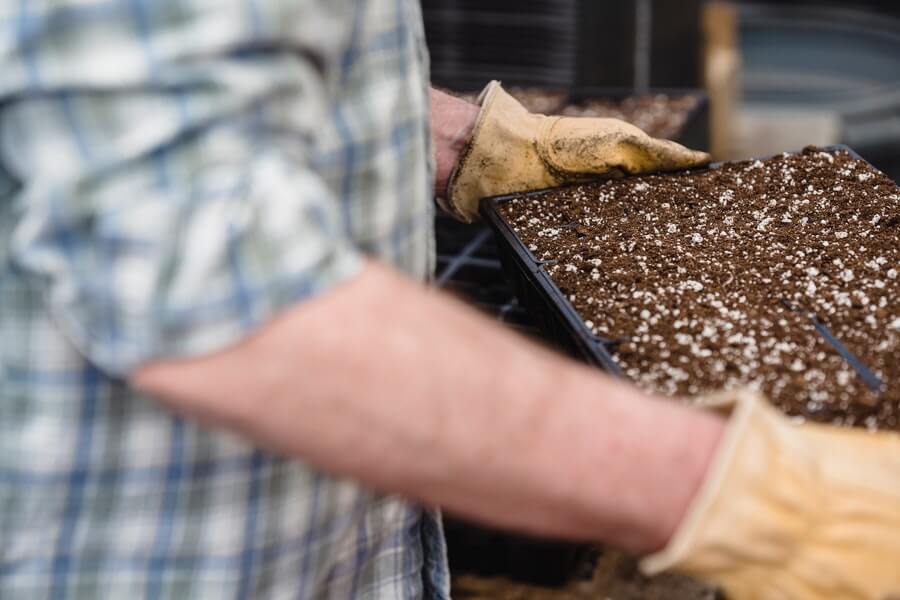
Winter Garden Jobs
Although the month by month lists of garden jobs for winter isn’t too strenuous, they’re all essential tasks. Even through the coldest months, keeping on top of your garden’s needs is vital to healthy growth come spring, so set aside the time before the nights set in to get them all done.
Gardening Jobs For December
There aren’t many jobs to do in the first month of winter, just some general maintenance, planning ahead and keeping an eye on any winter flowering plants. If you’ve maintained your garden throughout autumn, some of these you might be able to skip but make sure they’re all sorted before the New Year.
- Secure winter protection structures
- Clean gardening tools
- Test greenhouse heaters
- Insulate outdoor taps
- Prevent ponds from freezing
- Prune vines, acers and birches before Christmas to avoid bleeding
- Harvest remaining root vegetable crops
- Transplant any trees and shrubs
- Plant your last trees and shrubs
- Take hardwood cuttings
- Reduce watering of houseplants
- Plan ahead for next spring
Gardening Jobs For January
Since the days slowly start to get longer this month, there will be a bit of action starting up again in your garden. Use the dryer days to keep up on the garden and start ordering for the upcoming spring.
- Prune apple and pear trees
- Clean out plant pots and greenhouses
- Cultivate any vacant plots
- Scatter worm casts across lawns
- Check tubers of plants such as Begonias and Dahlias for rot
- Begin forcing rhubarb
- Plan your vegetable plant rotations for the spring
- Supply food and water for birds and other wildlife
- Recycle your Christmas tree – you can use this for mulch
- Order seeds for spring
- Take note of any winter flowering annuals that are blooming in your garden so you can re-order them next autumn
Gardening Jobs For February
With the approaching signs of spring, February is quite an exciting month in the garden. Finally, you can start preparing for spring, both indoors and out, and can watch as bulbs begin to appear and wildlife finally starts to emerge.
- Prepare vegetable beds
- Sow suitable vegetables undercover
- Chit potatoes
- Protect the blossoms of apricots, nectarines and peaches
- Use nets to cover fruit and vegetable crops and keep the birds away
- Prune winter flowering shrubs
- Prune wisteria
- Prune evergreen hedges
- Prune conservatory climbers
- Divide bulbs
- Plant bulbs that need to be planted ‘in the green.’
- Cut back deciduous grasses
- Remove dead grass

Winter Flowering Plants
Just because the days are getting darker doesn’t mean your garden has to as well! There are plenty of beautiful winter flowering plants that will keep your garden alive with colour throughout the coldest of days. So if you can get your desired winter flowering plants sowed by early winter at the very latest, you can look forward to a rainbow of colour throughout the season.
- Winter Honeysuckle
- Christmas Rose
- Pansies
- Winter Aconites
- Daphne
- Snowdrop
- Mahonia
- Winter Clematis
- Winter Heather
- Cyclamen
- Quince
- Viburnum bodnantense
- Winter cherry
- Winter jasmine
- Early flowering daffodils
- Sweet Box
- Witch Hazel
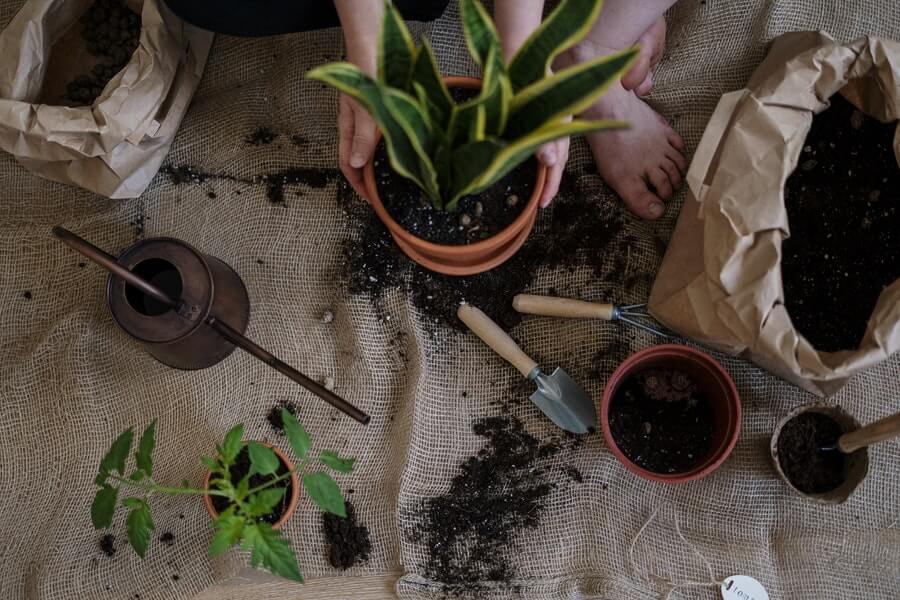
What To Plant In Winter?
Aside from the surprising number of plants that can be grown over winter, the colder months are also the perfect time to get ahead for the spring. Just because your flower beds and vegetable patches may be out of action doesn’t mean you have to abandon your hobby. These plants can be prepared and grown indoors or in a greenhouse, and some can even be left outside in plant pots if you’re feeling brave!
Flowers
- Tulip bulbs
- Lily bulbs
- Allium bulbs
- Saxifrages
- Primula
- Dianthus
- Lobelia
- Snapdragons
- Laurentia
- Begonias
- Geraniums
- Hollyhocks
- Chrysanthemums
- Bare root roses
- Wintersweet
Fruit
- Strawberries
- Blackberries
- Gooseberries
- Blueberries
- Currants
- Raspberry canes
- Rhubarb crowns
- Cucumber
Vegetables
- Sweet peas
- Broccoli
- Sprouts
- Chard
- Garlic
- Winter lettuces
- Kale
- Spinach
- Mooli
- Turnips
- Winter Purslane
- Pea shoots
- Broad bean shoots
- Exhibition onion seeds
- Potatoes
- Celery
- Spring onions
- Spinach
- Asparagus pea seeds
Shrubs
- Lavender
- Ivy
- Cotoneaster sternianus
Trees
- Bare-root fruit trees – such as
- Stone fruit trees – such as peaches or nectarines
- Magnolia trees
Herbs
- Land cress
- Rocket
- Coriander
- Creeping thyme
- Parsley
- Dill
- Mint
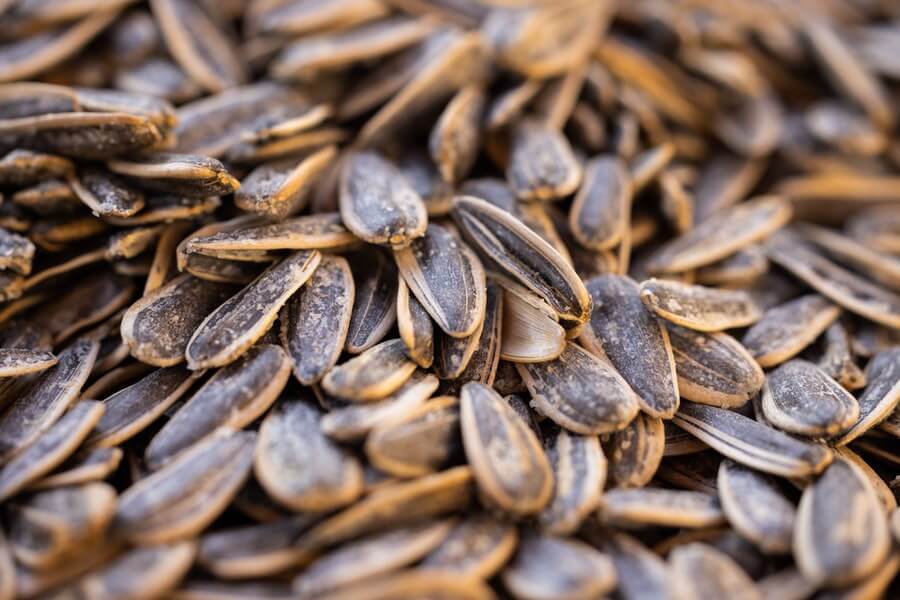
What Seeds To Order In Winter
Knowing what seeds you’ll want to order ahead of time can save you a lot of stress throughout winter and into spring. Of course, you’ll sow all of these seeds in spring and summer, but winter is the most popular time for buying seeds, so get your orders in early to avoid any disappointment.
- Second early or maincrop potatoes – Maincrop potatoes take longer to mature than the second early variety, but they will be bigger and store better.
- Summer-flowering bulbs, such as gladioli, freesias, begonias and alliums.
- Asparagus crowns
- Sweet pea seeds
- Perennial plants, such as foxgloves
- Summer bedding plug plants, like geraniums and marigolds
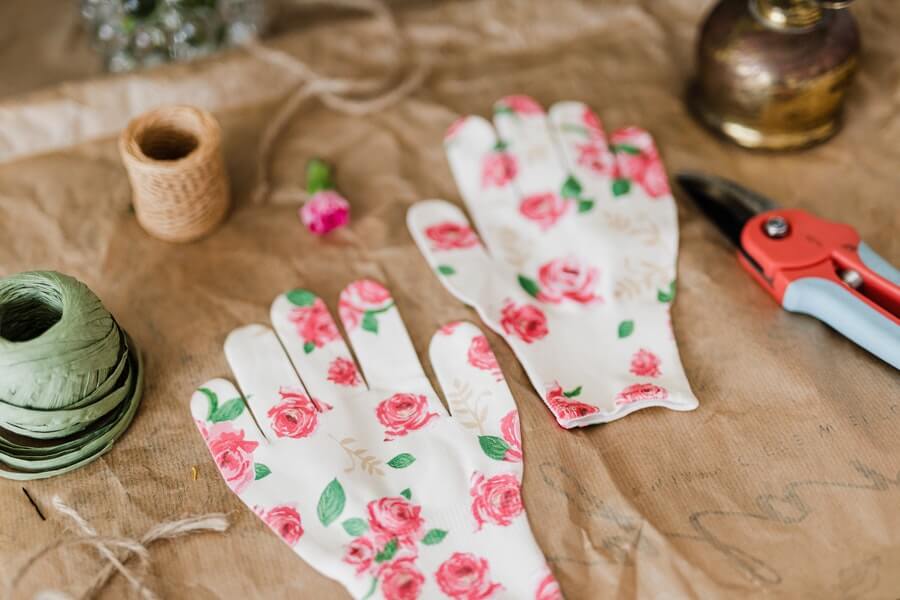
General Garden Maintenance
Various general jobs will need doing throughout winter that you may have overlooked amid everything else going on. For example, keeping on top of general maintenance in your garden – pruning, trimming, tidying up etc. – may be the last thing you feel like doing during winter, but just think how easy it will make your life come spring!
A Final Tidy Up
Before letting the majority of your garden take care of itself for a couple of months, it’s best to have one last thorough tidy up. Before the first frost takes over, have a final mow of the grass, trim the hedges and remove any weeds to keep your garden looking tidy. Collect up any last-minute fallen leaves, have a quick jet wash of any paths, patios and driveways, and declutter the space so it can thrive through winter.

Store Away Garden Furniture
Although you can cover garden furniture, protecting and storing it in winter is best to maintain its longevity and durability. Different winter garden storage options depend on the material of your furniture, so make sure you treat and store yours properly so it can be put straight back to good use in the summer.
Wooden Garden Furniture
Wooden garden furniture needs treating before putting away for winter. First, give it a thorough scrub with hot, soapy water and a stiff brush, then, once it’s completely dry, apply a wood preserver. Once this has dried, you can safely store the furniture away.
Rattan/Wicker Garden Furniture
Due to its design, wicker and rattan garden furniture can be tough to clean. Dust gathers quickly in the weave, so vacuum it thoroughly before using hot, soapy water to give it a good clean down. You should always take wicker furniture inside during winter, but synthetic rattan has a better chance of surviving well. Still, if you have the room, it’s best to store it away.
Take a look at some of our rattan garden swing seats.
Metal Garden Furniture
Rust and corrosion are the biggest issues when storing away metal garden furniture. First, give it a thorough clean, then check for any rust spots. Remove these before putting the furniture away with a regular rust removal product and, once it’s dry, store it under a cover in your storage space.
Plastic Garden Furniture
If you don’t keep plastic garden furniture dry and well ventilated, it may fall victim to mildew. If you spot any affected areas before putting your furniture away, try rubbing a little neat bleach on the affected area to restore its original colour. Then, to avoid further discolouration, clean your furniture with a soft cloth and hot, soapy water and dry it thoroughly before storing it indoors under a tarp.
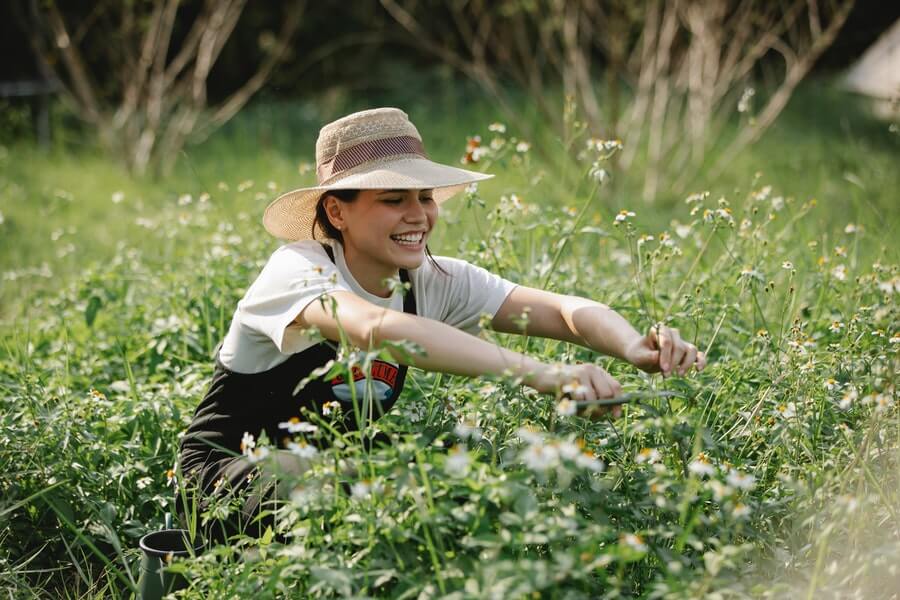
Deadhead Plants
Deadheading refers to removing flowers from plants that are fading or are already dead and should be carried out regularly throughout the year. It is done to keep the plants healthy, encourage more blooms, and keep your garden looking attractive. As winter approaches, your autumn flowering plants will likely need deadheading for healthier flowers next year. As soon as plants begin to look limp and scruffy, break out the scissors and get rid of the culprits.
How To Deadhead Plants
You can deadhead many plants using your hands. Simply pinch off the dying blooms using your thumb and forefinger, preferably removing the stalk too. If a plant is particularly tough or string, you can use scissors or a knife.
Stay Busy!
So, now you know – just because most of your plants go dormant over the winter doesn’t mean you can! So, keep your garden maintained, get some beautiful winter flowering plants in early, stay up to date with the rest of your planting and order ahead for a spring filled with ease and colour!
Sources
[i] https://uk.style.yahoo.com/heres-put-garden-bed-winter-121237213.html
Ryan Jenkins is a professional gardener and has been working in the gardening industry for over 25 years. This has allowed Ryan to accumulate a vast wealth of gardening knowledge which he shares on the Sefton Meadows blog.



